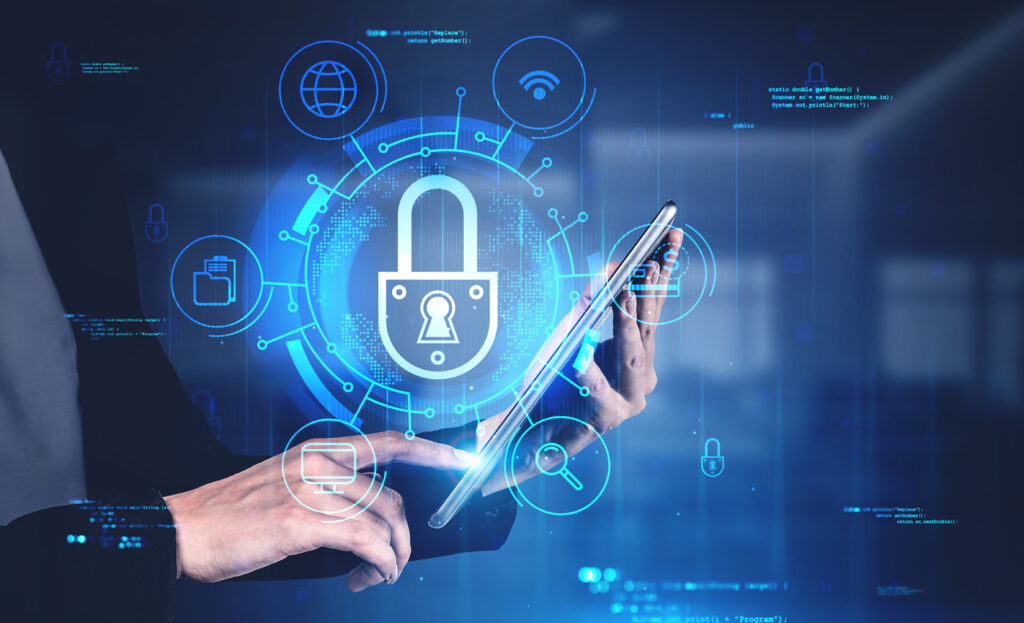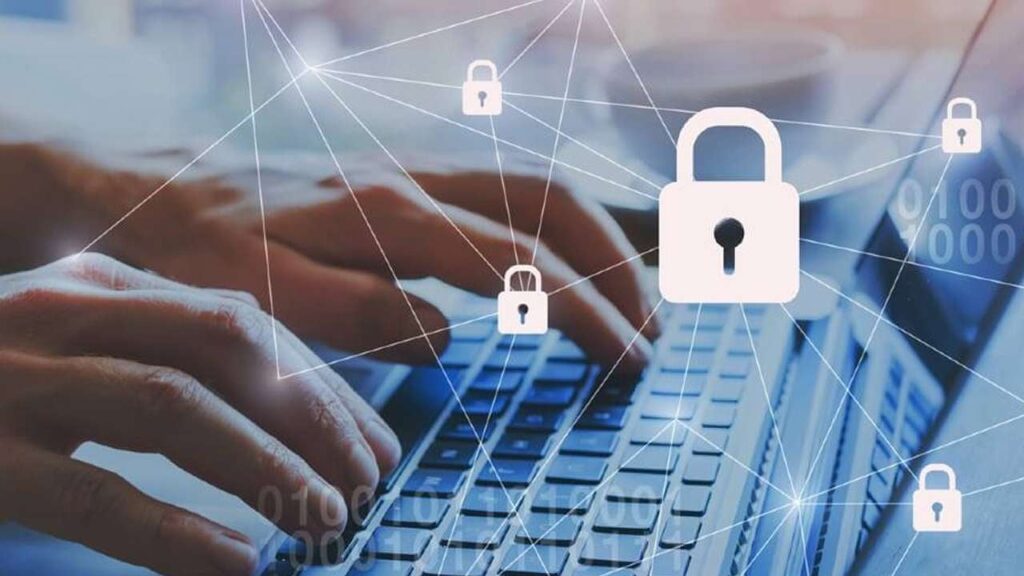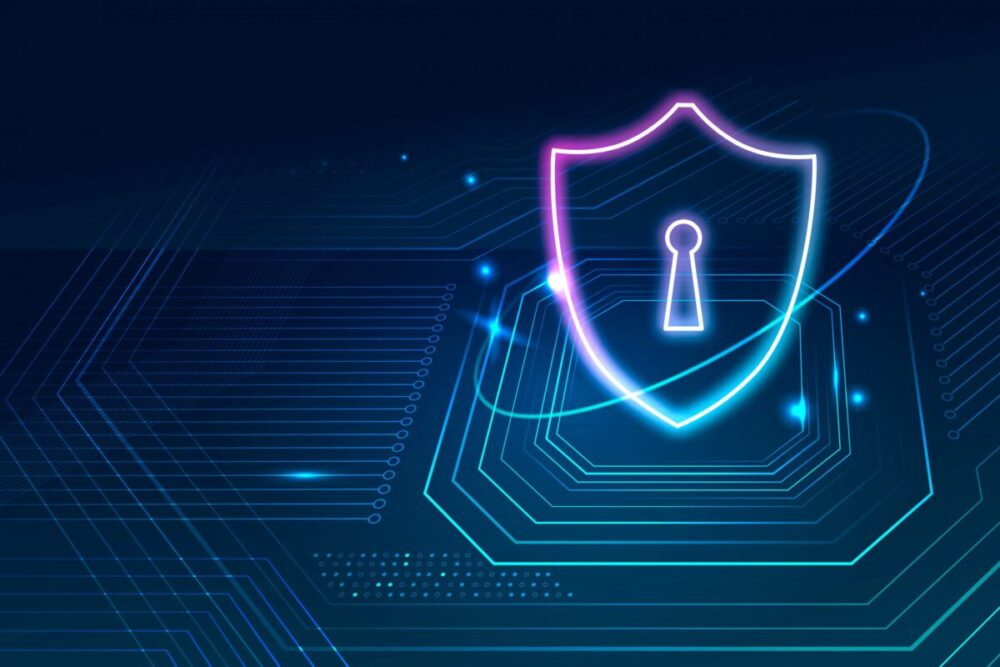In an age marked by technological advancement, the significance of robust cyber security can’t be overstated. Our global society is more connected than ever, with a vast array of digital platforms and devices at our fingertips. However, the comfort and convenience of digital technology bring along a multitude of cyber threats.
Understanding and managing these threats is essential for safeguarding your digital environment, much like protecting a fortress. This article delves into the essentials of cyber security threat management, ensuring your digital fort remains unbreached.
Understanding the Landscape
Before fortifying your digital assets, it’s crucial to understand cyber security threat management. It’s a continually evolving space, with new vulnerabilities and threats emerging daily. Cyber threats include viruses, malware, phishing attacks, ransomware, and more. Each has unique characteristics and can harm your digital environment in different ways.
Common Threats:

- Viruses and Malware: Malicious software designed to cause harm to your systems.
- Phishing: Fraudulent attempts to obtain sensitive data by disguising as trustworthy entities.
- Ransomware: A type of malware that encrypts files, releasing them only after a ransom is paid.
Risk Assessment
Identifying Vulnerabilities
The initial step in cyber security threat management involves conducting a comprehensive risk assessment. Identify the vulnerabilities within your digital infrastructure that adversaries could potentially exploit. This process aids in understanding the weaknesses in your system and helps prioritize defense strategies.
Prioritizing Risks
Not all risks carry the same weight. Some vulnerabilities might lead to more severe consequences than others. Prioritize the identified risks based on potential damage, ensuring that the most critical vulnerabilities are addressed first.
Building the Wall: Implementing Defensive Strategies
Proactive defense is pivotal in managing cyber threats. Implement robust security policies and practices to shield your digital assets.
Security Policies

Establish clear and comprehensive security policies. These guidelines outline the procedures for safeguarding digital assets, educating employees and users about the best practices for maintaining security.
Software Solutions
Leverage state-of-the-art software solutions for additional protection. Employ firewalls, antivirus software, and other security tools to ward off potential threats.
Regular Updates
Ensure that all systems and software are up-to-date. Regular updates patch known vulnerabilities, keeping your digital fortress secure against known threats.
Training the Troops: Employee Education
Your employees are both your first line of defense and potential points of vulnerability. Equip your team with the knowledge and skills necessary to recognize and respond to cyber threats.
Conduct Training

Hold regular training sessions to inform employees about the latest threats and reinforce security best practices.
Foster a Culture of Security
Instilling a culture of security within your organization ensures that every team member is vigilant and committed to safeguarding digital assets.
The Watchtower: Continuous Monitoring
Continuous monitoring of your digital environment is essential for detecting and responding to cyber threats promptly.
Deploy Monitoring Tools
Utilize advanced monitoring tools to keep an eye on your digital environment, detecting unusual activities that may signify a cyber threat.
Regular Audits
Conduct regular security audits to evaluate the effectiveness of your security measures, making necessary adjustments to enhance protection.
Preparing for Battle: Incident Response Plan

Despite the most stringent security measures, breaches can still occur. An efficient incident response plan guarantees swift action, minimizing damage and ensuring timely recovery.
Develop a Comprehensive Plan
Craft a thorough incident response plan, outlining the steps to follow in the event of a cyber breach.
Conduct Drills
Regularly test your incident response plan with drills, ensuring your team is well-prepared to manage actual cyber incidents.
Resilience: Ensuring Recovery and Continuity
After a cyber-incident, resilience and recovery are crucial to bring your systems back to normalcy and ensure business continuity.
Backup Systems

Establish a robust backup system for all your crucial data and information. Regular backups ensure that, even in the event of a ransomware attack or data breach, your information is not lost. Implement both onsite and offsite backup solutions, ensuring comprehensive protection.
Testing Backups and Restorations
Regularly test your backups by performing restoration drills. This guarantees that your backup systems work seamlessly, ensuring quick recovery post a cyber-incident.
Establishing a Continuity Plan
Craft a detailed business continuity plan that outlines the steps and procedures to follow to ensure your business operations can continue with minimal disruption post an incident.
Staying Ahead: Embracing the Future Safely

As technology evolves, so do cyber threats. Staying ahead of potential risks requires a forward-thinking approach to cybersecurity.
Staying Informed
Keeping abreast of the latest in cybersecurity threats and defense strategies is fundamental. Subscribe to cybersecurity forums, attend webinars and conferences, and ensure your security policies and practices are updated with the latest information.
Investing in Security
Consider cybersecurity as a crucial investment rather than an expense. Allocating sufficient resources for strengthening your cyber defenses ensures your digital assets and data remain secure.
Leveraging Advanced Technologies
Embrace advanced technologies like Artificial Intelligence (AI) and Machine Learning (ML) for enhanced security. These technologies can help in proactive threat detection, enhancing your defense mechanisms.
The Human Element: Fostering Responsibility and Awareness

The human element is often the most vulnerable aspect of cyber defense. Ensuring every individual in your organization is aware of and responsible for cybersecurity is essential.
Regular Training and Awareness Programs
Conduct regular training and awareness programs that inform and educate your workforce about their roles in maintaining cybersecurity.
Encouraging Responsible Behavior
Foster a culture where employees take personal responsibility for cybersecurity. Encourage secure practices like strong password usage, regular system updates, and vigilance against phishing and other attacks.
Securing the Perimeter: Vendor and Third-Party Management

Third-party vendors often have access to your digital environment, making it essential to ensure they follow stringent cybersecurity practices.
Conducting Vendor Risk Assessments
Regularly assess the cybersecurity measures of your vendors and third-party providers, ensuring they comply with your security standards.
Establishing Clear Vendor Security Policies
Craft and communicate clear vendor security policies. Ensure every external entity that interacts with your digital environment adheres to these policies, minimizing the risk of third-party-related breaches.
In Conclusion
In the grand scheme of technological advancement, maintaining a secure digital environment is paramount. It demands constant vigilance, regular updates, and a committed effort from all organizational members.
Remember that in the digital world, your fort is only as strong as its weakest link. Stay informed, stay updated, and ensure your cyber security measures are robust enough to withstand the relentless onslaught of cyber threats.
If you happen to be a remote worker, we recommend you check our article on home office protection from cyber criminals and ensure security for your data at any given moment.





